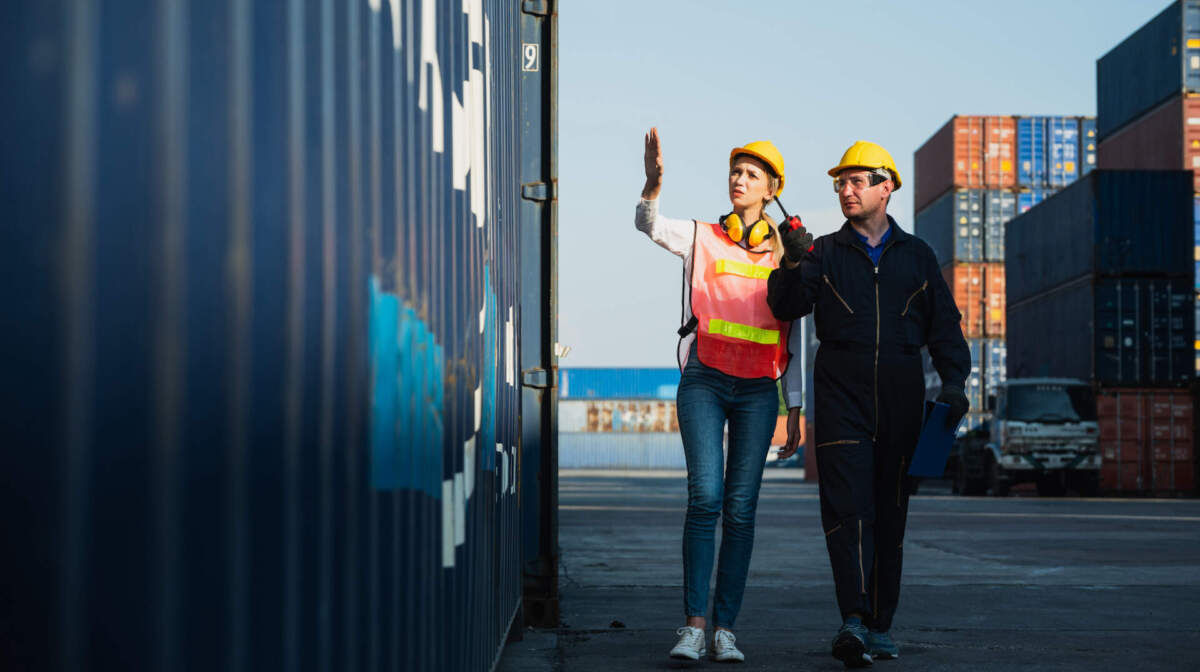In this month’s analysis we start to examine the forces behind the persisting global supply chain issues like the ocean freight shortages. Spurred by uncertainty around COVID-19, the shipping landscape has shifted and our customers want to know why. Questions are being asked; are current increases in ocean container costs attempting to offset lean years and bankruptcies like Hanjin that plagued the industry?
Top recent headlines:
Walmart charters ships to ensure freight capacity, inventory for peak season
Costco charters it’s own ocean freighters to combat price gouging
Railcars in storage strong indicator of market health

For the month of August 2021, Canada posted a widened trade surplus totalling $1.9 billion. Forecasters predicted a narrowed surplus, but an increase in exports (+0.8%) and a decrease in imports (-1.4%) has cemented Canada firmly in the black yet again.¹
Details show that the surplus included imports valued at $52.5 billion, while exports climbed to $54.4 billion.1 In particular, energy products saw notable growth in exports, and declining imports of motor vehicles and parts widened the gap.¹
Looking forward, concerns over supply replace the challenges of managing 2020’s stilted demand.² Between shortages in semiconductors, raw materials, and power, the health of global trade seems very much up for debate.³
Survey: Key Sectors In Imports And Exports
In August, exports were up in 6 of the 11 product categories, with energy products driving most of the growth. Total exports of energy products increased by 5.1% in August to $12 billion—the highest level since a record $12.8 billion was set in March 2014. These gains were mostly found in exports of crude oil, coal, and natural gas.¹
Meanwhile, exports of metallic and non-metallic minerals also saw a 4.0% increase to a record total of $6.9 billion. Statcan notes that while the prices of these products have increased since the start of the pandemic (due to global demand and materials shortages), this increase was driven by higher export volumes.¹
For the second month in a row, change in imports of motor vehicles and parts accounted for most of the monthly change. In August, imports fell by 11.1%, erasing almost two-thirds of the gain observed in July.¹ This is resulting from ongoing supply chain disruptions in the industry.
Lastly, Canada’s imports from the United States fell by 6.2% in August to $32.2 billion, the largest decrease since early 2020. This change took the Canada-US trade gap to a Canadian surplus of $8.6 billion—the largest in 13 years. With the rest of the world, Canada posted increases in both imports and exports. Still, Canada’s deficit with countries other than the United States grew from $6.0 billion in July to $6.7 billion in August.¹
Election Ennui
The Trudeau government returned lackluster results in September’s snap election, relegating the federal Liberals to continued minority governing status.
“It was possible that the election could have yielded results which would impact Canada’s trade,” says William McKinnon, President of Canadian Alliance Terminals. “But these results confirm this election as an effective non-event.”⁴
As a variety of systemic supply chain challenges—from port congestion to labour shortages—work their way down the pike, the federal government will have many opportunities to shape Canada’s trade for the better; minority status means they’ll need to take a collaborative approach.
In Vancouver, Huawei executive Meng Wanzhou was recently released to China in exchange for two imprisoned Canadians.⁵ Depending on one’s perspective, this move signals less a shared perspective and more a concession on Canada’s side. Given Canada’s heavy reliance on the Asia-Pacific region, it was perhaps predictable, but China seems unwilling to forgive and forget just yet.⁵
At the United Nations General Assembly, a Chinese representative said, “we hope that Canada can face up to the facts squarely, correct their mistakes and draw lessons from what happened so that they could not make further mistakes.”⁵
What constitutes a “mistake” is, critically, still up for debate.
Trade Set For a Turbulent Decade
At this point, the number of critical challenges facing global trade are too many to concisely or even helpfully list.
But two forecasts give greater cause for concern: continued Canadian port congestion and shortages of critical raw materials. Lagging supply of silver and gold, and finished products like semiconductor chips coupled with broken global supply chains point toward an uncertain future for middle class consumers.⁶
“At this point, we’re seeing remarkable bottlenecks in Canada,” says McKinnon. “After product makes its way over, often delayed for sometimes weeks, logistics providers are struggling to create capacity. This is resulting from broken, inconsistent supply.”⁴
Port congestion in Vancouver, predicted to continue (if not worsen) over the next decade, and raw material shortages will only make global transportation more challenging.⁷
“Ultimately, the result will likely be an increase in costs all the way down the line,” says McKinnon. “These costs will, as always, eventually come to impact the consumer. This supply chain storm could culminate in a reduction of products that are available to Canadian consumers.”⁴
The global supply chain, as it operates today, seems unsustainable.
“In order to reduce disruptions and incurred costs, stakeholders across the supply chain need to take a more collaborative stance,” says McKinnon, “and legislators will need to take a far more proactive approach to resolving these issues. Otherwise, these problems will manifest on local grocery store shelves at the expense of the middle class.”⁴
